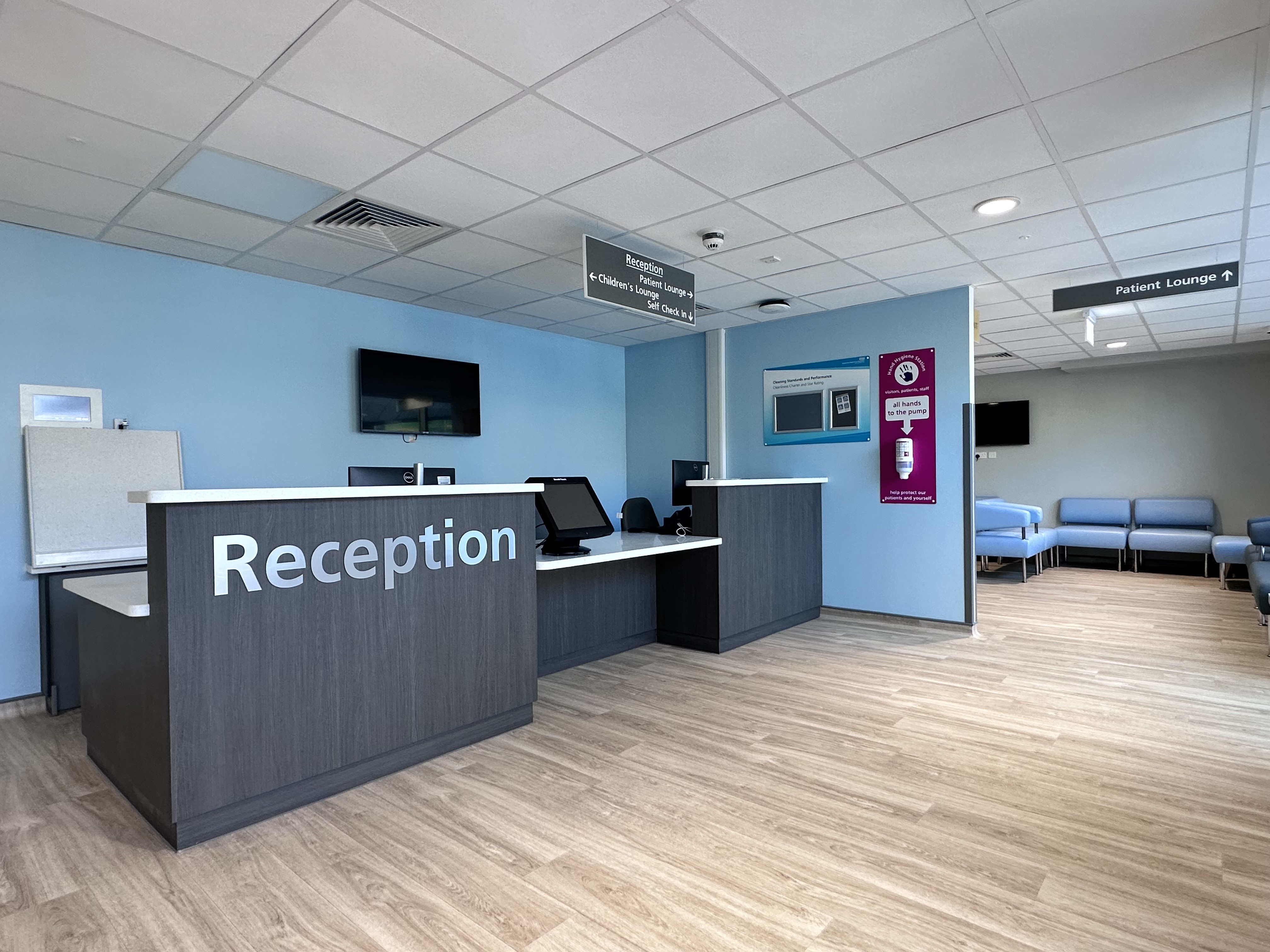University Hospital Southampton opens £12.2m state of the art MRI outpatients department
A £12.2m MRI outpatients department that provides three new state-of-the-art MRI scanners has opened at University Hospital Southampton NHS Foundation Trust.
Doctors, specialist radiographers and the radiology management team played a key role in the design of the new facility which sits next to the front entrance of the hospital.
Taking over three years to complete, it’s now been officially handed over to UHS by contractors Apollo Building Services.
Around 23,000 patients are seen in the MRI outpatient department at UHS every year, with the scanners being used to investigate or diagnose conditions that affect soft tissue, from life threatening conditions such as brain tumours to trauma injuries.
The old unit had become outdated and was in need of modernising, so a decision was made to replace the unit and move the facilities to the ground floor of a five-storey block, at the entrance of the hospital.

The project, part of a 13-year Imaging Infrastructure Support Service (IISS) partnership with Siemens Healthcare, was paid for by the Trust and NHS England.
As well as being considerably bigger in size, the 700-metre square facility was carefully designed to accommodate the specific needs of patients, featuring separate lounges for adults and children, private interview rooms for confidential discussions and dedicated changing facilities to maintain patient privacy throughout their appointment.
The unit will boast three new state-of-the-art Siemens scanners, two 1.5T scanners (Siemens Sola) and one 3T scanner (Siemens Vida), equipped with ground-breaking technology and AI integration.
The new scanners provide advanced techniques that result in faster imaging, improved image quality, and enhanced patient comfort.
The implementation of this cutting-edge technology will revolutionise the way MRI services are delivered at UHS, reducing scan times, increasing diagnostic accuracy, and ultimately an improvement in patient outcomes.
Dr Charles Peebles, consultant radiologist and clinical lead for radiology at UHS, said: “This amazing new facility is the result of trust wide collaboration across many UHS and external teams.
“It truly embodies the trust values, putting patients first by creating a modern spacious innovative MRI suite with state-of-the-art technology, enabling more patients to be seen and providing enhanced patient care and an improved work environment for staff.”
Staff have undergone four weeks of training on the new equipment and have been familiarising themselves with the new facility.
One of the first patients to use the new unit was John Lailey, from Andover. He said: “I hated my last MRI experience and was very nervous to have another, but the scan was needed before my operation.
“However, I really shouldn’t have worried as I was blown away by my whole experience. From the cleanliness and design of the facilities to the personal changing rooms and lockers, it all made a real difference to how I was feeling. It was like stepping into a high-end airport lounge!
“That, along with how wonderful each and every member of staff was, helped make a stressful situation a lot easier.”
Andy Wilks, Head of Enterprise Services at Siemens Healthineers Great Britain & Ireland, said: “A close and long-standing partnership between Siemens Healthineers and University Hospital Southampton NHS Foundation Trust ensures it consistently benefits from the latest imaging technology.
“This is most recently exemplified by the installation of the three new MRI systems that form part of the Value Partnership equipment refresh programme. We are committed to working with the trust and their staff, supporting their mission to improve the patient experience and deliver excellent care for those living in Southampton, south Hampshire and beyond.”
Noel Harrison, senior site manager at Apollo Building Services, said: “I am extremely proud of what we have achieved and of the positive feedback that we have received since the handover.
“This was a challenging project for all involved, working in such proximity to highly sensitive areas including GICU and the operating theatres. Working closely with the team at UHS, we managed to complete this project with minimal disruption to the day to day running of the hospital.”